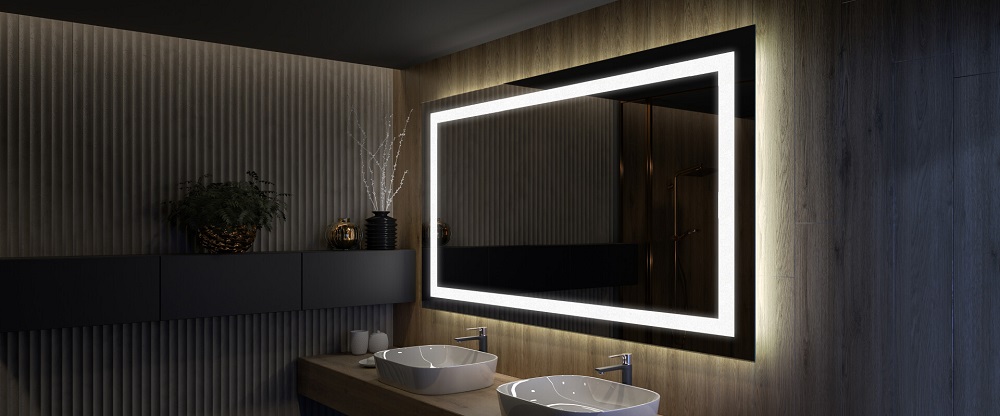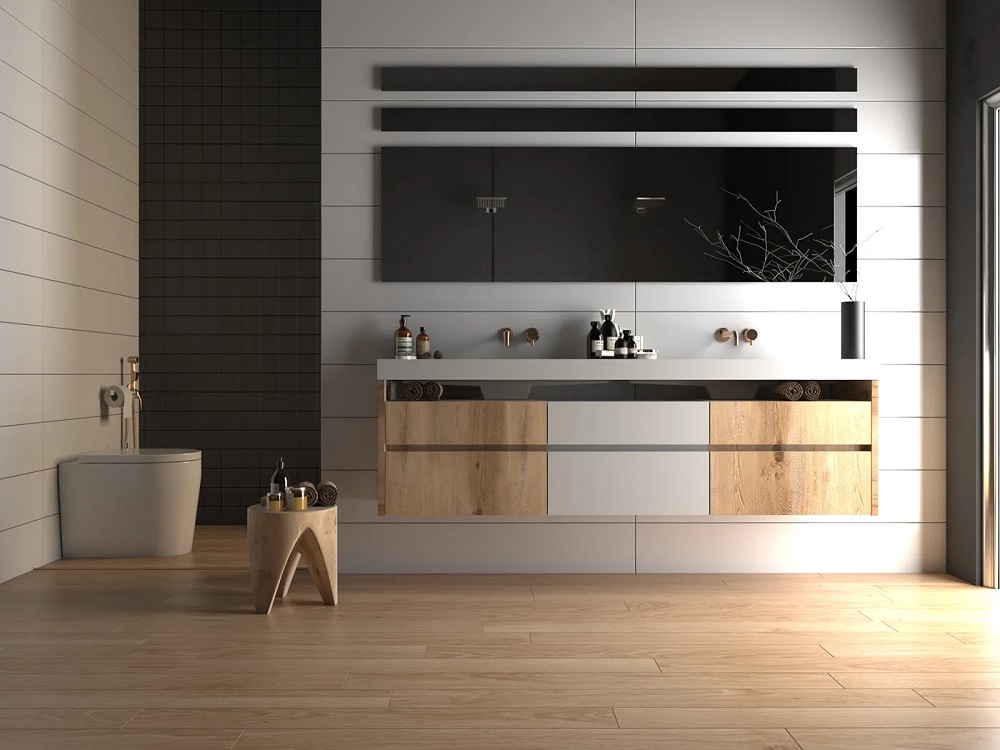
What mirrors are suitable for bathrooms?
In the realm of interior design, every element plays a vital role in shaping the character of a space. When it comes to bathrooms, mirrors stand as more than mere utilitarian fixtures; they are versatile design elements that merge both functionality and aesthetics. Beyond their practical purpose, bathroom mirrors hold the power to redefine the visual appeal, enhance illumination, and even create the illusion of expanded space. This article delves into the profound importance of bathroom mirrors in interior design, exploring diverse styles, strategic placements, and their overarching influence on the overall ambiance.
Amplification of Light and Space
A fundamental advantage of bathroom mirrors is their ability to manipulate light and space. Placing a mirror opposite a window creates a symphony of natural light that dances across the room, reducing the need for additional artificial lighting. As the light bounces off the mirror’s surface, it creates a luminous atmosphere, transforming the bathroom into a welcoming oasis. Moreover, mirrors have an enchanting power to visually expand the space. The reflection they offer adds depth, making even compact bathrooms seem remarkably more open and airy.
Multifaceted Design Possibilities
Bathroom mirrors are akin to artistic canvases, with their varied shapes, sizes, and frames offering limitless design possibilities. The versatility of mirrors ensures they harmoniously integrate into any décor style, from sleek modernism to ornate vintage charm. A mirror, thoughtfully selected, can act as a captivating focal point, weaving together the design narrative of the bathroom. The frame of the mirror itself can become an expressive art piece, providing an additional layer of visual interest.
Customization for Personalization
Personalization is at the heart of interior design, and mirrors offer a unique canvas for individual expression. Whether you prefer an asymmetrically shaped mirror, a round statement piece, or a classic rectangular design, there’s a mirror to match every vision. Frames can be chosen to align with the bathroom’s color palette, or they can feature materials that reflect your distinctive taste – from industrial metal to rustic wood.
Elevating the Aesthetics
Mirrors transcend mere functionality and become aesthetic enhancers. A meticulously framed mirror can be an exquisite work of art on the wall, lending an air of sophistication to the bathroom’s atmosphere. Irrespective of whether your bathroom boasts a contemporary, traditional, or eclectic theme, the right mirror can elevate the visual appeal and cohesiveness of the design.
Functional Necessity Reimagined
While aesthetics are crucial, mirrors remain practical necessities. From daily grooming rituals to skincare regimens, a mirror provides an essential surface for these activities. To elevate functionality, consider mirrors equipped with integrated lighting, ensuring that your reflection is illuminated optimally for all tasks.
Conveying Opulence
Large mirrors with ornate frames exude an air of opulence and grandeur, reminiscent of upscale spas and luxury resorts. They create an atmosphere of indulgence, transforming daily routines into moments of pampering. Placed strategically, these mirrors can reflect other elegant fixtures, adding an element of lavishness to the entire bathroom.
Conclusion

Bathroom mirrors are true marvels in the world of interior design, transcending their basic function to become indispensable components of a stunning aesthetic. Beyond their ability to enhance light, space, and style, these reflective gems add a touch of sophistication to the bathroom experience. Whether you’re striving for a sense of spaciousness, aiming to curate an elegant space, or seeking to infuse personal touches, mirrors are the artistic tools that can bring your design dreams to life. With their charm and versatility, bathroom mirrors stand as beacons of elegance and practicality, elevating both the functionality and beauty of your space.